Determination of the suitability of honeydew honey for the wintering of bees
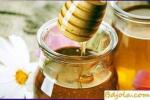
Determine the suitability of honey for the wintering of bees can be one of the following ways. Lime reaction. First prepare the lime water. To do this, the glass jar is half filled with ordinary
Food for bees in winter
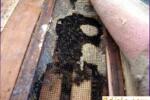
Most insects carry the winter in a frozen state and do not consume feed. The bees consume honey throughout the winter, due to which heat is released and they live in a relatively active state.
Search for food by bees
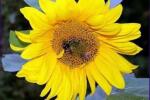
The search and collection of food by bees are associated with their flights. The bee, devoid of wings, perishes. The bee has two pairs of well-developed wings; on each side of the body there is
Pollen grains in honey
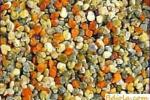
In addition to the liquid phase, honey is always found in microscopic solid particles – pollen grains, which, despite cleaning in honey cind, get into honey together with nectar. Since each plant species has its
How to prepare pergu and pollen for feeding bees
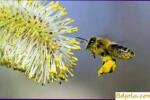
Use perga, folded into a honeycomb. To obtain pergi, beekeepers use the old honeycombs culled (in autumn and spring). With the autumn culling of honeycombs, you can select all the frames (only from healthy families)
Procurement of protein feed
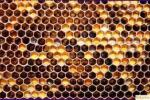
Natural food for bees and their brood are honey and pepper. The issues of harvesting, quality control and storage of honey reserves are developed in detail, which can not be said about perge. At the
Cooking Candy
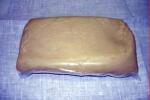
Candi is prepared from centrifugal honey of the first grade or from invert sugar or powder. To prepare candy you need to take only table centrifugal honey of very good quality, in which there is
Cleaning of nectar from pollen by bees
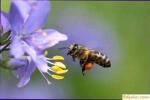
In most plants, pollen and nectar are formed in one flower. The volatile, easily dispersed pollen in the air inevitably, sometimes in large quantities, falls into the nectar and is taken away by the bee.
Padewood honey
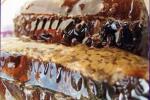
In our country, bees often collect a drop of animal origin, which is significantly different from nectar. Bee bees are processed into beehives in the same way as nectar. When the water content in the
Inversion of sucrose
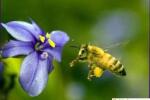
The main component of nectar is sucrose. It is a complex sugar that is not absorbed through the walls of the intestine into the blood either from the bee or from the person. But in
Honey and Perga as food of bees
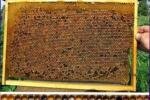
For normal life and reproduction, animals, including bees, should receive with food the following nutrients: proteins, fats, carbohydrates, mineral salts, vitamins and water. All these substances are complex, high-molecular, have a large energy reserve. In
